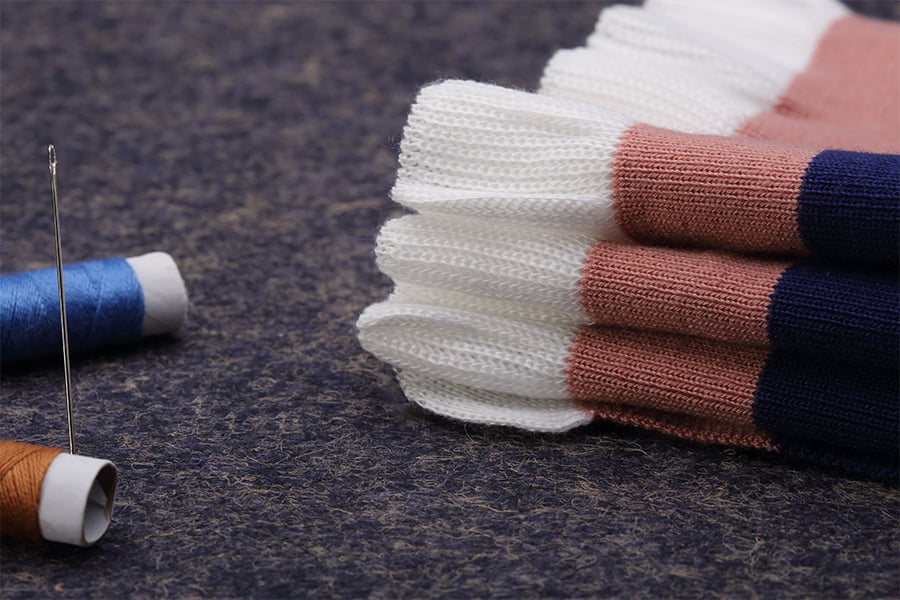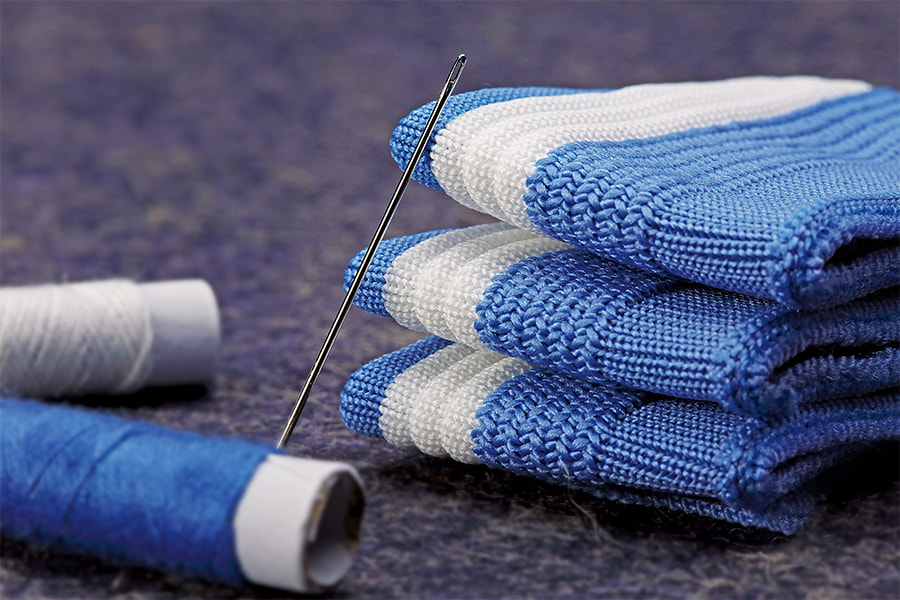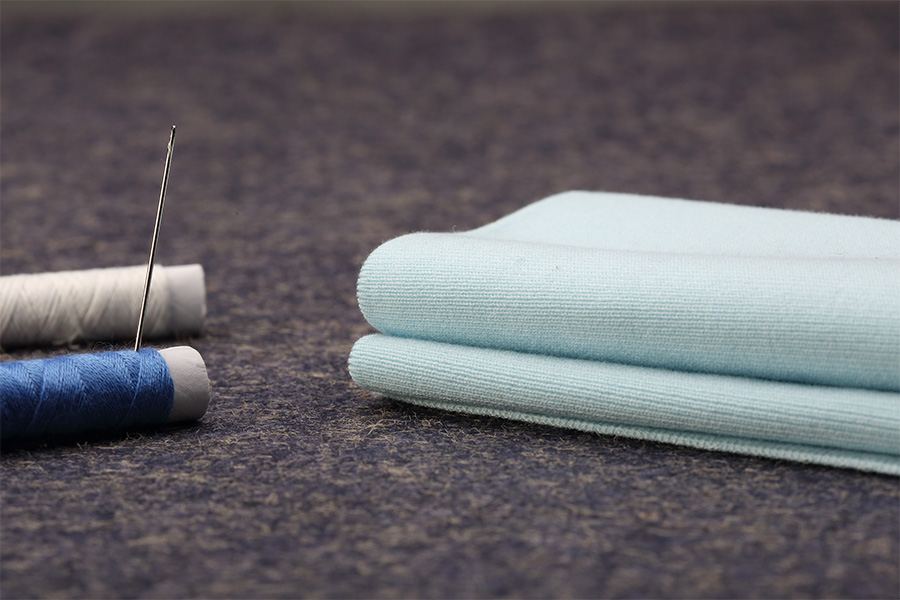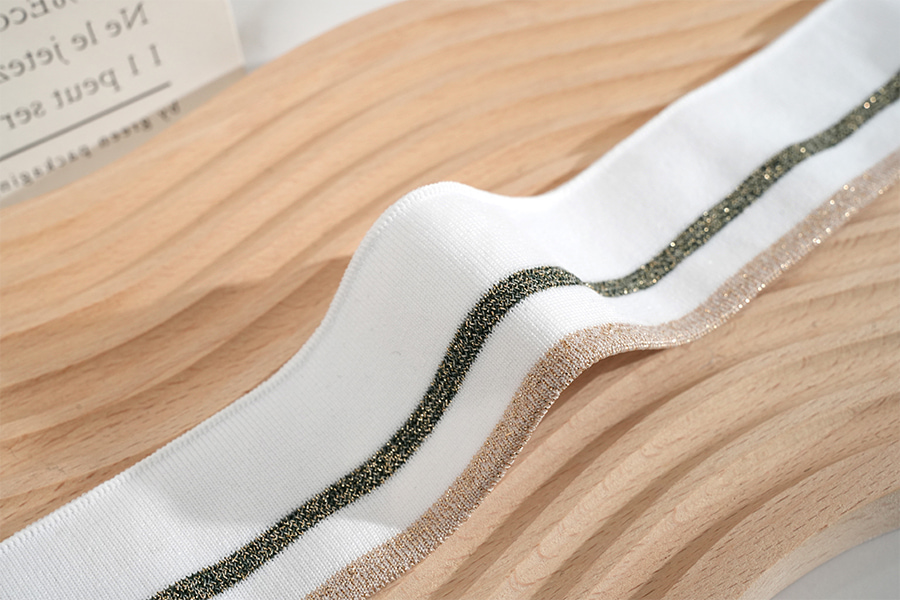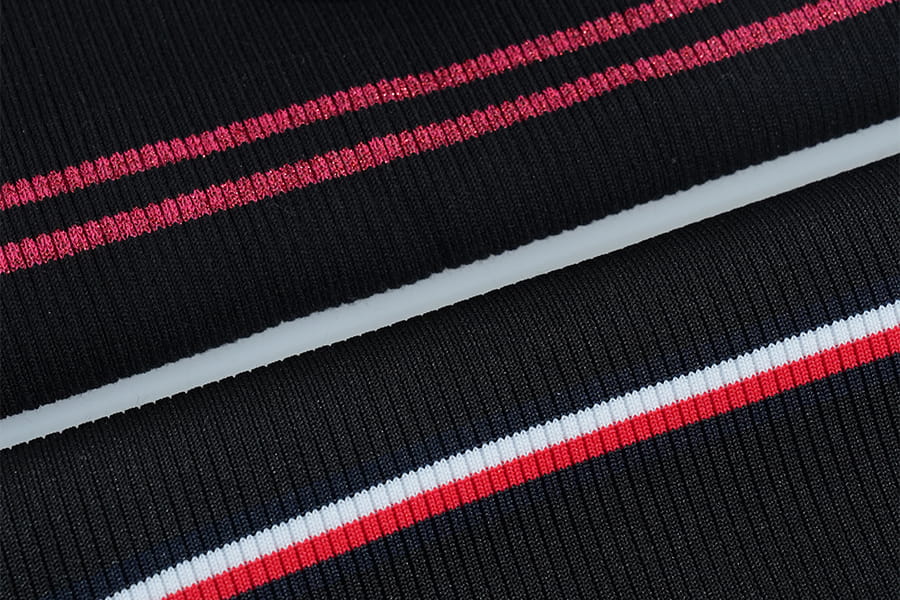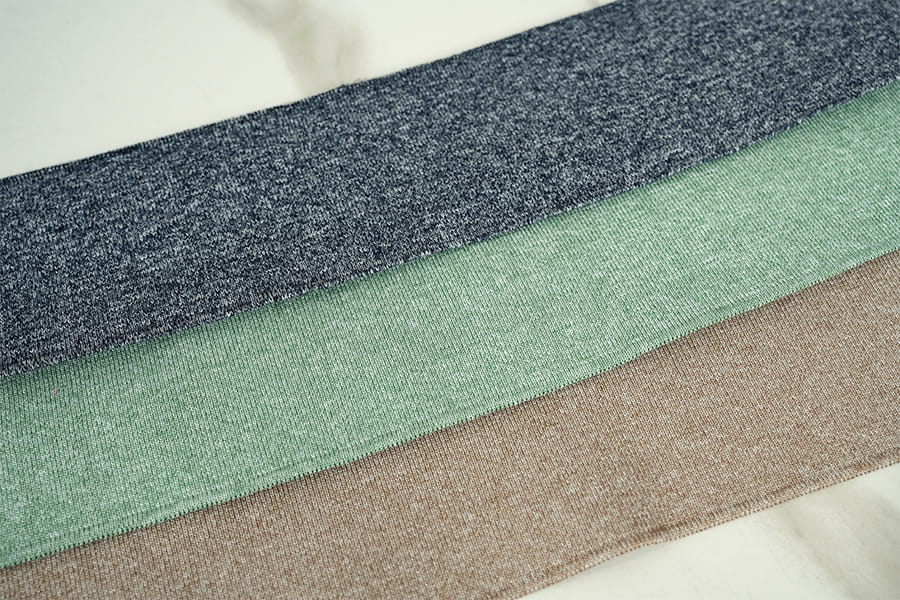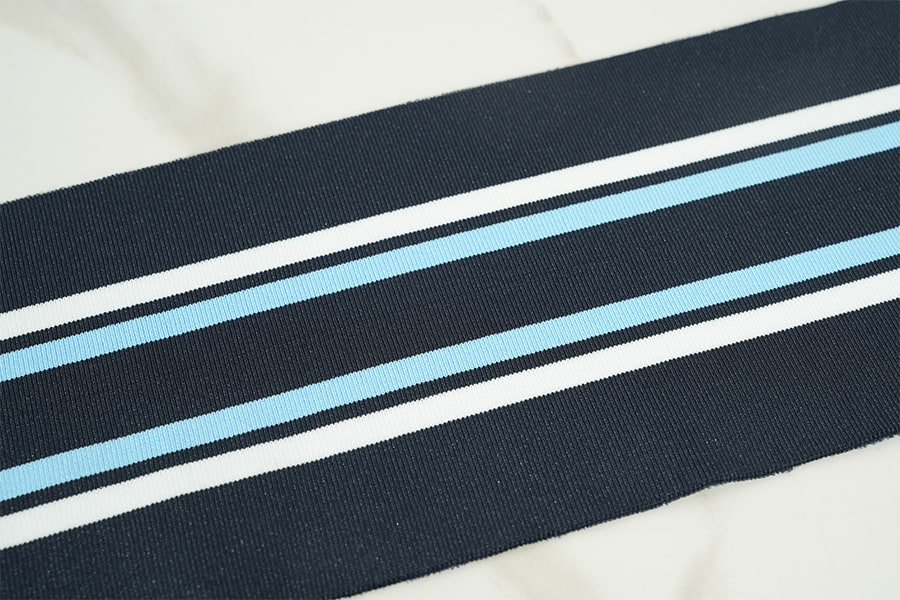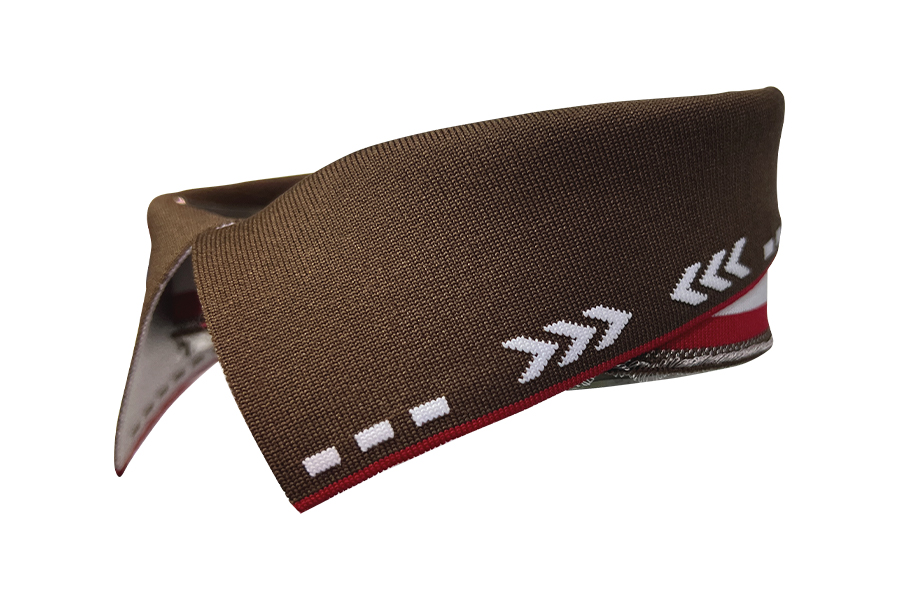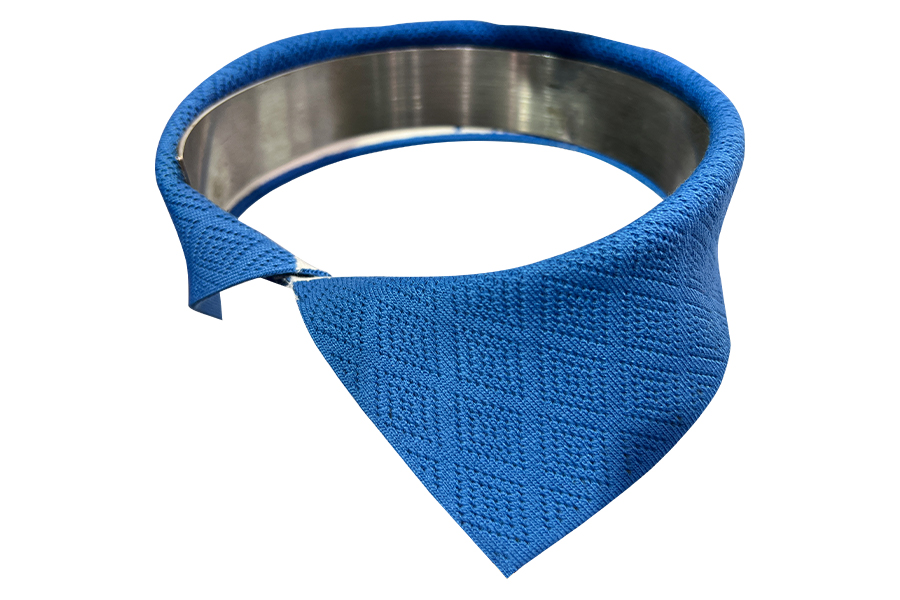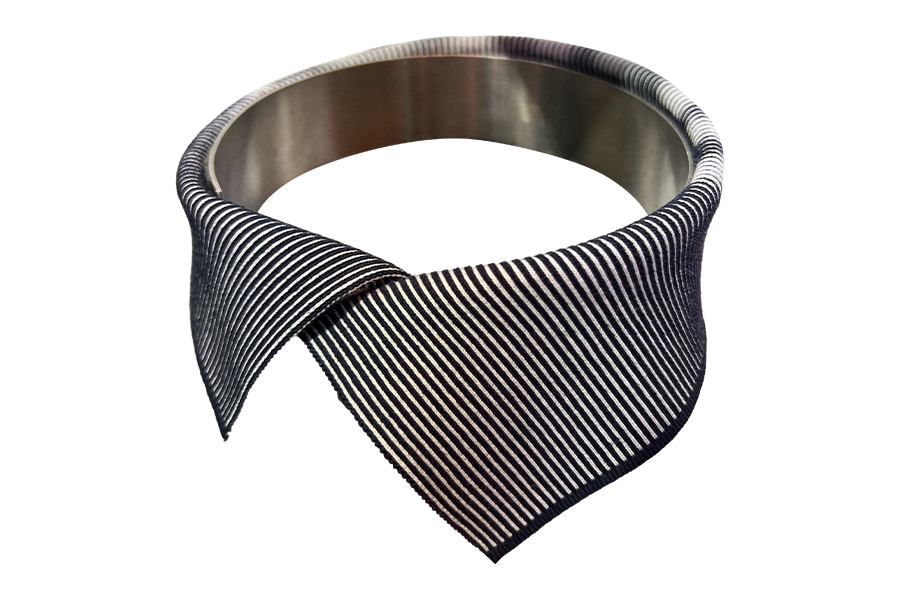Among the many properties of textiles, breathability is undoubtedly an important indicator that has attracted much attention. Especially for high-performance textiles such as nylon Cuff Rib, the quality of breathability directly affects the user's comfort and the application range of the product.
The microstructure of nylon fiber has a decisive influence on breathability. The microporous structure inside the fiber provides a channel for air circulation, allowing the nylon Cuff Rib to achieve air exchange during wearing. At the same time, the hydrophilicity of nylon fiber will also affect its breathability. When the fiber comes into contact with water molecules, the water molecules will form a thin film on the surface, affecting the passage of air. Therefore, the lower the hydrophilicity of nylon fiber, the better its breathability.
In addition to the characteristics of the fiber itself, weaving process and density are also key factors affecting the breathability of nylon Cuff Rib. The weaving process determines the arrangement and gap size between the fibers, thereby affecting the efficiency of air circulation. Generally speaking, the higher the weaving density, the smaller the gap between the fibers, and the relatively poor air permeability; conversely, the lower the weaving density, the larger the gap between the fibers, and the better the air permeability. However, too low a weaving density may sacrifice the wear resistance and strength of the material, so it is necessary to find a balance between air permeability and other properties in actual production.
In addition, post-processing technology can also improve the air permeability of nylon Cuff Rib. Through technical means such as heat treatment and plasma treatment, micropores or etching structures can be introduced on the fiber surface to increase the specific surface area and air permeability of the fiber. Certain chemical coatings can also adjust the air permeability of nylon Cuff Rib to a certain extent.
It is worth noting that the air permeability of nylon Cuff Rib depends not only on the characteristics of the material itself, but also on the external environmental conditions. For example, environmental factors such as temperature, humidity and air pressure will affect the diffusion rate of air in nylon Cuff Rib. In a high temperature and high humidity environment, the air permeability of nylon Cuff Rib is usually reduced because the presence of water vapor will occupy part of the void space and hinder the circulation of air.
